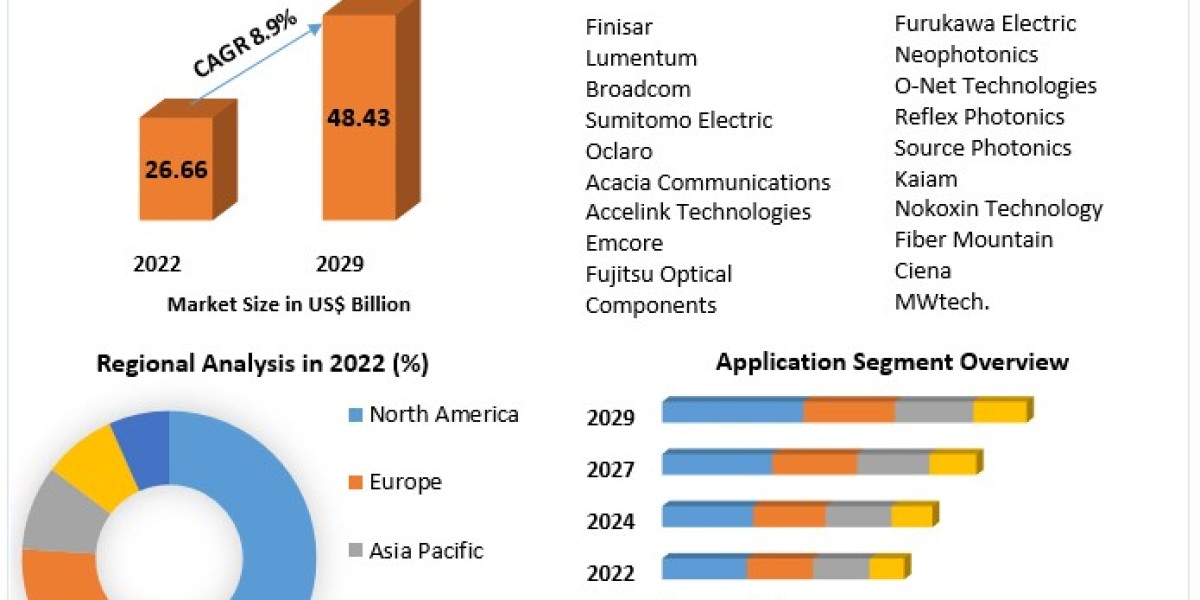According to a recent report published by MarketsandMarkets, the global tissue diagnostics market size is projected to reach USD 8.4 billion by 2028, growing at a CAGR of 8.4% from 2023-2028. The key factors driving this growth include the rising number of private diagnostic centers globally and the expanding geriatric population leading to a surge in chronic diseases. However, high consolidation and expensive diagnostic imaging systems could restrain market growth to some extent.
The report identifies growing demand for digital pathology as a major driver of the tissue diagnostics industry. Healthcare providers are increasingly utilizing digital pathology systems for automated diagnostic laboratory processes across major markets. This improves lab efficiency for timely and accurate disease diagnoses to develop effective treatment plans. Major healthcare companies are adopting digital pathology software and systems to provide efficient and affordable diagnostic services. Recent advancements like Roche's VENTANA DP 600 slide scanner and collaborations like Agilent Technologies’ partnership with Akoya Biosciences showcase the trend toward multiplex IHC solutions for tissue analysis using digital pathology.
Request for Free Sample Report
However, stringent regulatory requirements pose significant barriers for companies looking to introduce innovative tissue diagnostic products. Most of these fall under FDA’s Class III category, requiring exhaustive Premarket Approval (PMA) to demonstrate safety and effectiveness - the most rigorous application route. Recent guidance documents have further complicated regulatory compliance, with any device modifications demanding additional 510(k) submissions. Similarly, in the EU, IVD products must adhere to stringent criteria for CE Marking under the new EU MDR and IVDR. Aligning with these strict regulations can affect new product launch timelines, especially in the U.S. and Europe.
The analysis identifies significant expansion opportunities for tissue diagnostics in the BRICS nations (Brazil, Russia, India, China, South Africa), which are projected to contribute 50% of global GDP by 2030. Large population bases coupled with lifestyle shifts elevating chronic disease prevalence represent sustainable diagnostic markets. For example, India had 1.5 million cancer patients in 2022, while China accounted for 30% of global cancer deaths in 2020. The high mortality rates linked to underdiagnoses and insufficient histopathologists demonstrate the need for quality tissue diagnostic labs and services.
However, developing regions continue facing challenges like lack of infrastructure, low awareness, and social stigmas around diseases like cancer. According to WHO, 44% of member states have less than 1 physician per 1,000 people – signaling disproportionate healthcare accessibility between developing and developed nations that could restrict tissue diagnostics adoption.
Request for Free Sample Report
Overall, the attractive growth opportunities, increasing private investments, and steady adoption of digital pathology solutions are expected to boost the global tissue diagnostics market through 2028 across both developed and developing countries.








